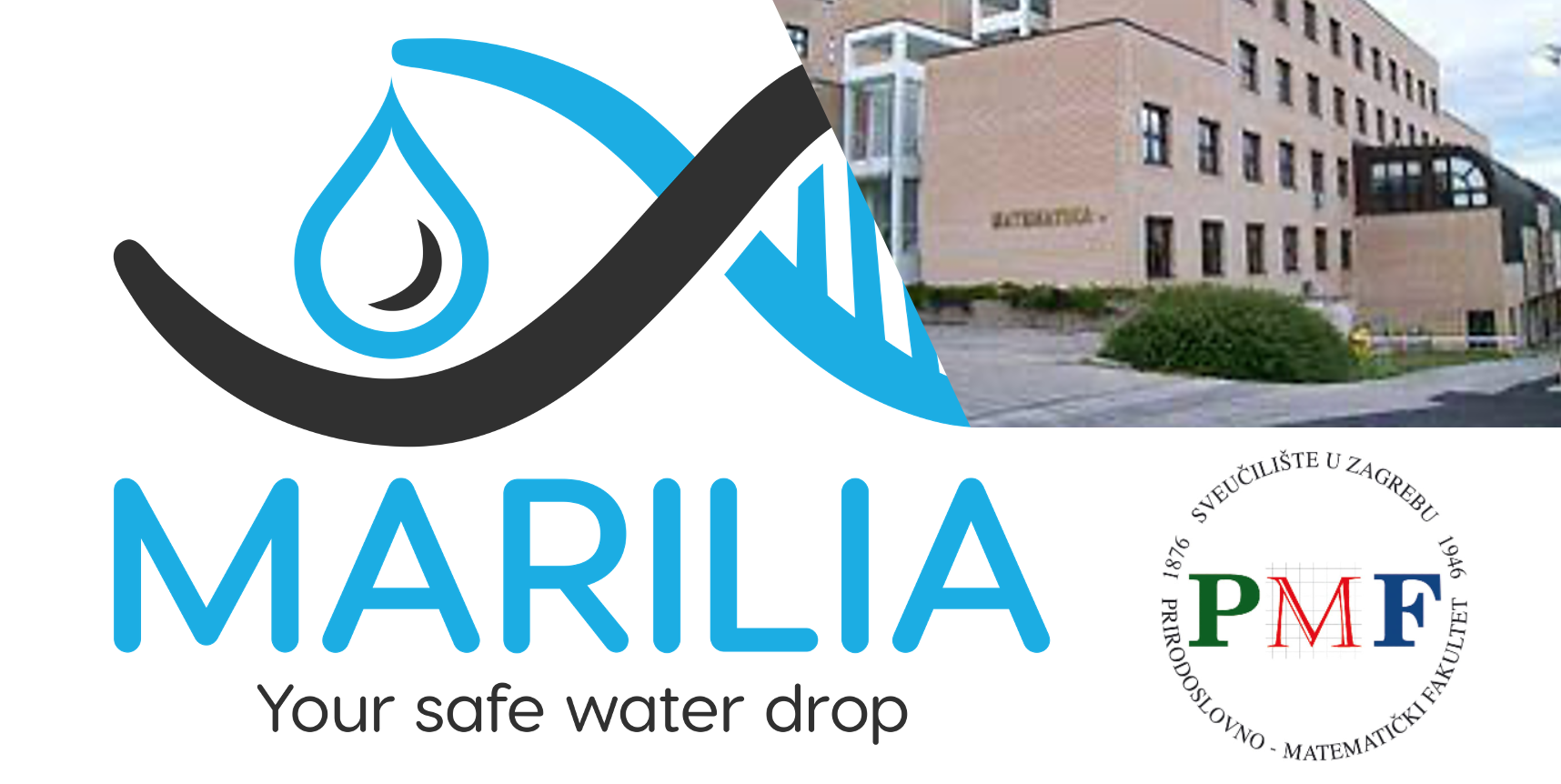The group at Faculty of Science, University of Zagreb, contributed to the MARILIA project with computational research providing the simulations of systems that are in the focus of the project.
Therefore, a first step was to build in silico systems of interest, different protein–protein and protein–DNA complexes. These systems were further studied using all atom molecular dynamic (MD) simulations.
Considering the size of systems and their complexity, the purchase of new computational equipment, in particular three workstations, was necessary for achieving these tasks.
Simulations were thoroughly analysed and the obtained results were constantly compared/validated with experimental results obtained by the collaborators (AIT and RBI). In this way, both research approaches, computational and experimental, benefit. Improvements in parametrisation and system preparation were achieved by experimental validation.
On the other hand, all atom simulations enabled a deeper interpretation of experimental results enabling insight into the studied systems on a molecular level.
Therefore, project meetings with other collaborators from MARILIA team were always exciting and useful. Discussions with experimental collaborators from the MARILIA project always resulted with additional motivation for further computational research, opening new directions and providing us with new ideas.
Computational results obtained during the first year of the project were presented at the 27 the Croatian Meeting of Chemists and Chemical Engineers held through oral and poster presentations.
Both presentations initiated fruitful discussions with other conference participants, researchers from different scientific fields. Through such discussions, new suggestions, coming from different scientific perspective, were received. Besides conference presentations, results will be presented through a scientific paper that is about to be submitted to a journal. The main topic of the publication is the effect of glycosylation on structural and dynamical properties of different HRP forms.
Further activities of computational group of MARILIA project will consist of continuation of computational research. Beside molecular dynamics simulations, QM/MM calculations of the reaction that takes place in HRP active site have already started. Further, in order to study interactions between the two protein subunits, protein–protein docking will be performed. Also, coarse grained simulations with the goal of investigating systems on larger time scale are planned.
Finally, new project meetings with MARILLIA collaborators are planned, that will, surely, result with new challenges.


